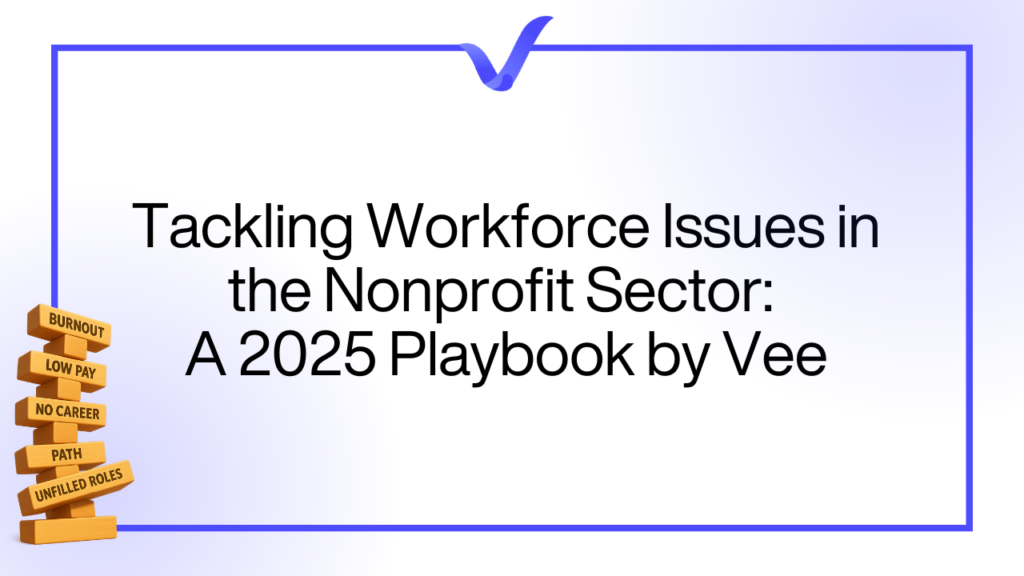Nonprofits and community organizations have always been resilient, but 2025 is testing that resilience in new ways. Between staffing shortages, tight budgets, and growing needs, the social sector is facing a workforce crisis that can’t be ignored. Here’s what’s happening—and what can be done about it.
1. Financial stress is driving burnout
Staff members are often underpaid compared to their counterparts in government or the private sector. With the cost of living rising, more employees are hitting a breaking point. Financial pressure is one of the biggest reasons social sector professionals are leaving the field.
2. Career growth still isn’t equitable
Many organizations still lack clear pathways for advancement. Opportunities for leadership or pay increases often feel out of reach, especially for staff from underrepresented backgrounds. This creates frustration and leads to higher turnover, particularly among emerging leaders who want more than just stability—they want growth.
3. The hiring crunch is very real
With limited resources, nonprofits are struggling to attract and retain the talent they need. Open positions go unfilled for months, and when someone leaves, it can take a serious toll on team morale and service delivery.
Turning Challenges into Opportunities
Define your workplace culture
What does your organization really stand for—not just on paper, but in practice? A strong, authentic culture helps attract candidates who are aligned with your mission and values. Make it easy for current and future staff to see what kind of team they’re joining.
Create roles that evolve
People stay when their work feels meaningful and when they can grow. Look at your roles and ask: are these designed to develop over time? Even small changes—like offering skill-building opportunities or space to lead a new initiative—can make a difference.
Expand career paths beyond the traditional ladder
Not every employee wants to move “up.” Some want to specialize, explore different departments, or take on new types of challenges. Build in flexibility so people can grow without having to leave your organization to do it.
Improve your hiring and onboarding process
Hiring doesn’t have to be rushed or reactive. Streamline your process, communicate clearly with candidates, and provide support during onboarding. A strong start sets the tone for long-term retention.
Building Long-Term Team Resilience
Beyond pay and promotions, staff need to feel supported. Consider these practices:
Regular peer check-ins to share wins and challenges
Manager training focused on communication, coaching, and empathy
Quarterly team reflections to spot burnout early and celebrate progress
Why It Matters
The social sector is being asked to do more than ever before—while operating with less. If we don’t take care of the people doing the work, it becomes harder to deliver on the mission. A stronger workforce means stronger communities.
Addressing workforce challenges doesn’t happen overnight. But with thoughtful changes, organizations can reduce turnover, boost morale, and build a more sustainable path forward.






